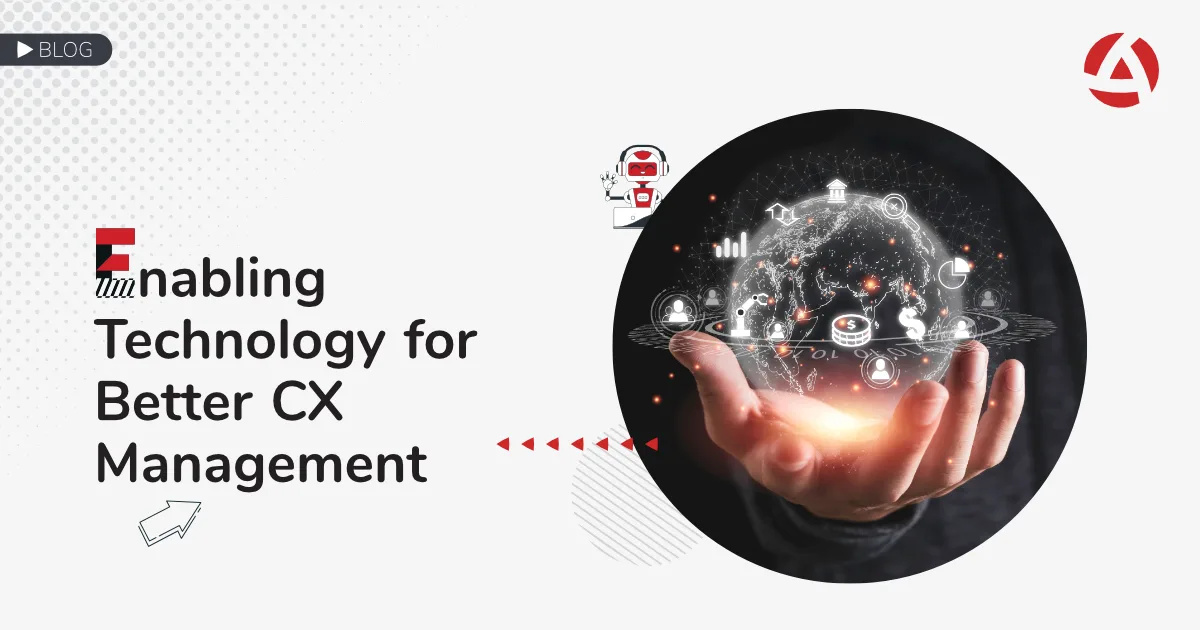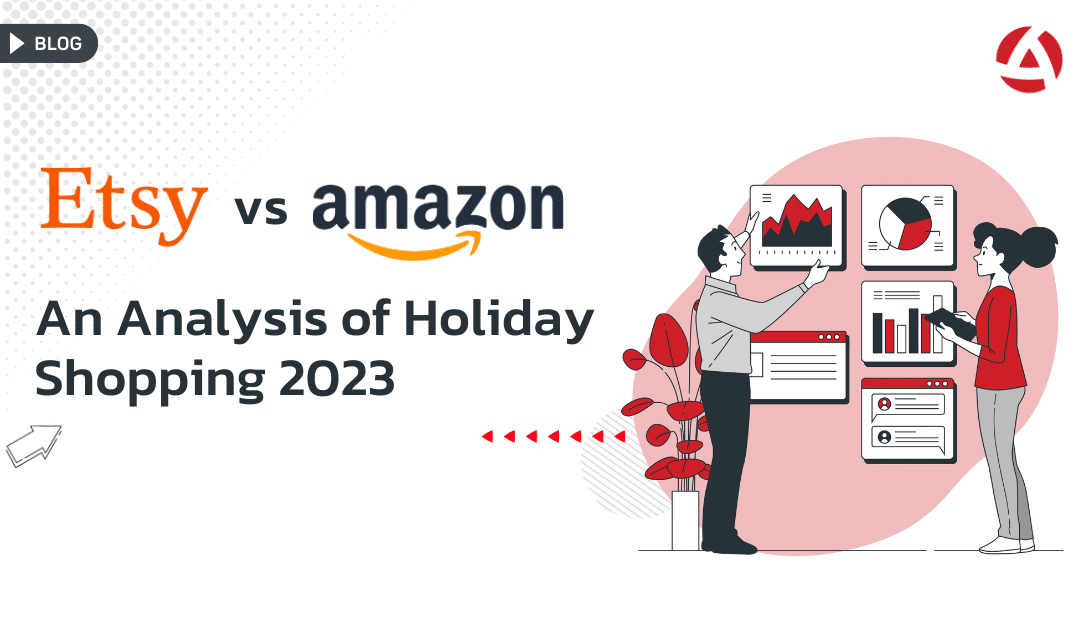Customer Experience Technology: Are We Ready to Absorb?
A high-level customer experience technology can automate your CX efforts from collecting and analyzing customer feedback to creating triggers for your CRM or internal communication workflows. How can we comprehend this fast-changing CX space with emerging technologies? Are we ready to absorb these technological developments?
Twenty to thirty years ago, our needs and requirements were limited compared to today’s world, so products and services were designed much simpler with customer experience in mind. The Internet was raw and used mainly for e-mail, e-commerce, personal websites, and blogs. In those days, we could imagine the world just as far as our eyes could see. Therefore, when we were going to buy a product or service, we were expected to choose the right one according to our customer experience among the limited options available to us. We usually made our transactions through face-to-face channels, and maybe that was our first and only interaction with the seller or service provider. Therefore, customer experience management was difficult and complicated for these companies. However, with the spread of the Internet, our world stretched to limits we hadn’t previously imagined. First, products and services diversified in the online marketplace, and then competition increased with the entry of new brands into that market. Now, we are accustomed to reaching the products and services we need in the fastest, easiest way. Moreover, this development made the customer experience signals more complex for brands. Whether we are aware of it or not, notifications on our mobile phones, new product promotions in our E-mail inbox, advertisements that interrupt our podcasts or YouTube viewing draw us into a network of rapidly increasing interactions. While the number of interactions increases exponentially, our level of interest and attention as consumers naturally decrease. Brands, on the other hand, are working hard to create memorable moments and acquire loyal customers by providing a better experience every day in this dizzying cloud of interaction. Customer experience management has now become one of the most important elements in building and sustaining brand equity. The customer relations departments of the brands are trying to get the healthiest and most efficient data from the interactions with their customers by using different customer experience technologies. What really distinguishes brands that deliver the best and most memorable experience for creating loyal customers? What customer experience management solutions do they use? While interaction figures grow faster than ever, companies that measure and analyze their customers’ experiences properly and take customer experience actions sustainably are those that most successfully cultivate loyalty by designing products and services to suit customer needs. Today, omni-channelity is a necessity, not a luxury. When we consider that the number of interactions is increasing rapidly in an omnichannel world, measuring and improving customer experience is possible with the “smart” use of technology. When used properly, technology leverages the customer experience. In this sense, we want to share with you some implementation areas to measure and improve the customer experience using CX technology.
Here are some use cases of a high-level customer experience technology:
- Collect feedback to better understand customers
Customer surveys, social media interactions and other platforms, which are among the most important inputs for customer experience management systems, generate big data about your customer’s voice. CX technology solutions allow text analytics and/or predictive analytics on big data which can help you to classify customer feedback and engagements for better understanding where to focus first. For example, a retailer can use text analytics to analyze how product availability has an impact on customer experience, which we call driver analysis. CX technologies would help you to prioritize your actions for improvement of customer experience quality.
- Action follow-up and monitoring (Automatic)
Taking action correctly and following up promptly is as important as measuring customer experience. It is now possible to use customer experience platform technologies to automatically assign the agreed actions to relevant process owners and manage the reporting of the action status at certain times efficiently. For example, as a customer experience tool, employee behavior-related feedback can be automatically assigned to the HR managers through the VOC platform.
- Use chatbot in customer services
Let’s agree first, nothing beats a great customer experience provided by a real human. However, our resources are limited and we should use them efficiently in order to get a higher customer experience quality. In this case, it is obvious that we need to acknowledge the CX technology meaning and take advantage of advanced technology. Chatbots are now critical when it comes to improving customer experience. You can get started by having them quickly answer your customers’ most common questions first. For example, you can quickly respond to those customers who want to learn more about the store opening & closing hours.
- Provide perspective to customer journeys through analytics
Journey analytics allows brands to better understand how to engage with each customer. In other words, it allows you to better analyze the steps your customers take to achieve their goals rather than how they interact with certain channels. These analyzed customer experience signals allow you to improve your personalization efforts and show your customers that you truly understand them. For example, you can analyze charge-back requests through website vs. call center in terms of customer satisfaction, then make the charge-back episode more frictionless.
- Use AI & RPA and recommend next best offer
Using a combination of artificial intelligence (AI), machine learning, and robotic process automation (RPA) can provide insights into customer behavior and trigger automated actions to enable engagement with relevant, targeted, personalized experiences. For example, drive these automations to access customer location and scan weather forecasts in order to offer related products for the upcoming weekend. In conclusion, technology is developing day by day. As its application areas expand, the place it occupies in our lives naturally increases. Using the benefits of technology will both provide efficiency for your business and enable you to provide faster, effortless experiences to your customers. Positioning the use of technology as a tool that makes life easier for you and your customers will motivate your entire enterprise as it grows into the future.
Before moving on to examining our AI-driven CX management software, you may prefer to have a look at our blog post about How to Choose the Right Customer Experience Platform.




